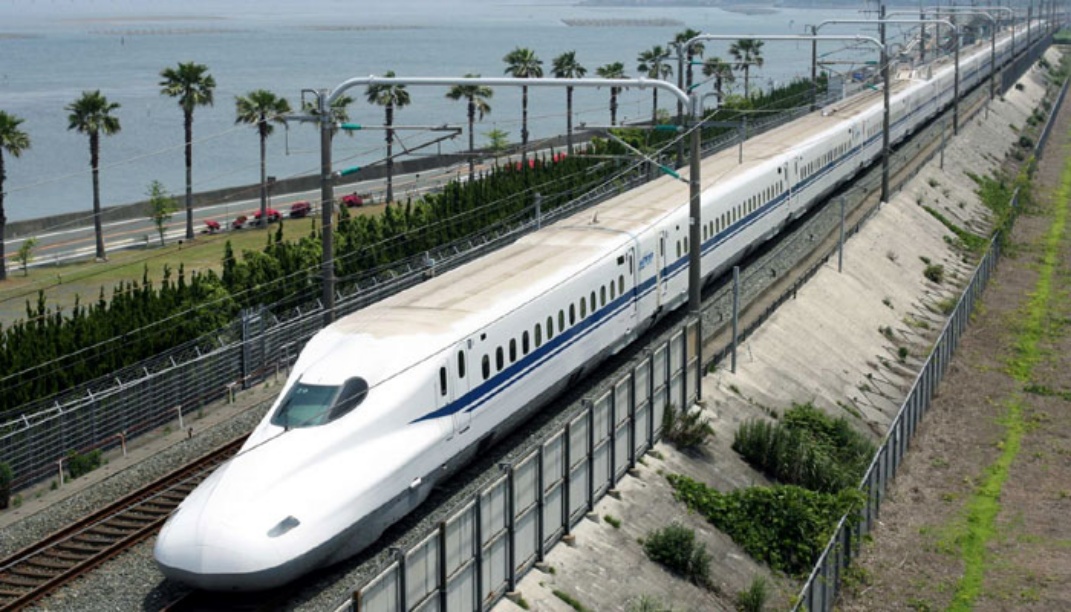A Bold Move Towards Economic Independence
Vietnam’s National Assembly has approved an ambitious $67 billion high-speed rail project linking Hanoi to Ho Chi Minh City, set to be completed by 2035. Notably, the country has opted to fund the project through domestic resources, such as state budgets, low-interest loans, and government bonds, rejecting foreign loans in a move reflecting its commitment to economic independence.
This approach marks a significant departure from Vietnam’s historical reliance on foreign funding, especially from powers like China and Japan. Hanoi aims to shield itself from external influences while fostering self-reliance and strategic autonomy.
Challenges of Foreign Funding
Vietnam’s decision stems from past challenges with foreign-funded projects, including delays, cost overruns, and concerns over autonomy. For example:
- Chinese-backed projects like the Cat Linh–Ha Dong tramline faced allegations of poor-quality construction and lax standards.
- Japan, a long-time partner, has supported infrastructure projects but has also faced criticism over the strict conditions attached to its Official Development Assistance (ODA).
These experiences have driven Vietnam to create a more self-sustaining funding model, backed by legislation like the 2019 public investment law and the 2017 railway law amendments, which incentivize domestic investment.
Safeguards for Future Success
Vietnam’s plan includes provisions to allow foreign assistance under strict conditions, such as technology transfer and local workforce training. Prime Minister Pham Minh Chinh retains the authority to issue government bonds or mobilize ODA if delays arise. Additionally, Vietnam has requested Japan’s support in training engineers, ensuring long-term project management remains domestically controlled.
Strategic Implications and Regional Influence
The high-speed rail project, a cornerstone of Vietnam’s goal to become a high-income nation by 2045, is expected to boost GDP by 0.97% and modernize the nation’s transportation infrastructure. If successful, this self-reliant approach could serve as a model for other developing nations in the Greater Mekong Subregion, enhancing Vietnam’s regional influence.
While questions remain about the feasibility of solely domestic funding for such a large-scale project, Vietnam’s move reflects a bold shift in its economic strategy, emphasizing autonomy over external dependency.
Tags
ISSUE


